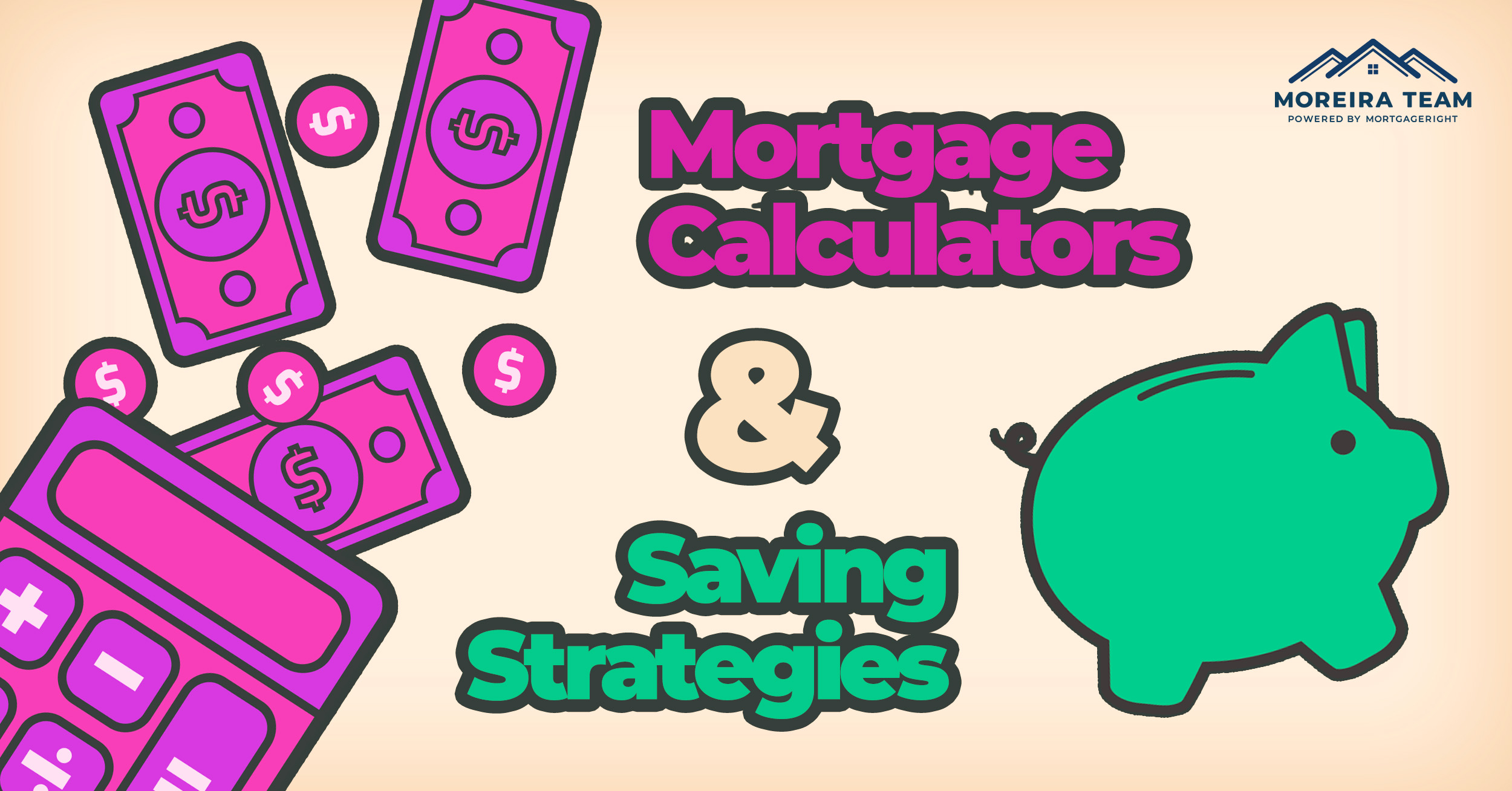
In this article
If you’re a first time home buyer, you’re still learning about the overall real estate process. It can feel complicated, filled with jargon and legalities that make your head spin. The “down payment” is one term that you quickly become familiar with. You’ve probably learned from movies, TV, and other cultural references that a 20% down payment is the norm. However, depending on the loan program, more options are available. Plus, strategies for saving can make it easier to meet whatever goal you’ve set for the amount you’d like to bring to the closing table. Here’s the down-low on down payments, how you can ready yourself to write that check, and tools that can make the process even easier, like a mortgage calculator.
See how much you can afford. Start Here! (Oct 22nd, 2024)What is a Down Payment?
A down payment is an initial upfront payment from a first time home buyer when purchasing a home. It’s a percentage of the total purchase price paid in cash at closing. The remainder of the home’s purchase price is typically financed through a mortgage. Down payments are one of the most discussed topics because they can affect many aspects of the home-buying process:
- A larger down payment means a smaller loan amount, which can result in lower monthly mortgage payments.
- A higher down payment often leads to a lower interest rate on the mortgage because lenders may offer more favorable terms to borrowers who can make a significant down payment.
- The down payment represents your initial equity in the home. The more you put down, the greater your ownership stake from the start.
- Lenders typically require a down payment as part of the mortgage approval process. A substantial down payment can improve your chances of loan approval and may lead to more favorable loan terms.
- When the down payment is less than 20% of the home’s purchase price, lenders often require the buyer to pay for private mortgage insurance (PMI). PMI protects the lender in case the borrower defaults on the loan. A larger down payment can help you avoid or reduce the need for PMI.
Though the average down payment was once 20%, times have changed. It can be as low as 3.5% in some cases, but as noted above, the amount will affect other factors of the home-buying process. A mortgage calculator can be a helpful tool to “play” with the numbers and see how dialing the down payment up and down makes an impact.
Pick your own down payment. Start Here! (Oct 22nd, 2024)How Much Down Payment Do You Actually Need?
That 20% benchmark provides risk mitigation for lenders, ensuring a first time home buyer demonstrates financial stability and seriousness, and removes the need for PMI. But that standard has evolved for several reasons. Economic conditions, including interest rates and housing market dynamics, have influenced down payment requirements. During periods of economic expansion and robust housing markets, lenders may be more willing to offer mortgages with lower down payment requirements to attract a broader range of buyers. High home prices in some markets have made it challenging for many buyers to accumulate a 20% down payment. As a result, lenders and policymakers have explored alternative financing options with lower down payment requirements to make homeownership more accessible. Look at these varied loan programs to see what might be right for you.
Conventional Loans
These are mortgage loans that aren’t insured or guaranteed by a government agency such as the Federal Housing Administration (FHA), the Department of Veterans Affairs (VA), or the United States Department of Agriculture (USDA). Instead, conventional loans are backed by private lenders, and you must meet certain credit and income criteria to qualify. One of the most significant benefits of this option is that down payments can be as low as 3% to 5%, though PMI may be required with those lower down payments.
FHA Loans
Accessible and extremely popular with the first time home buyer, FHA loans offer a low down payment requirement of 3.5%. This government-insured option is more lenient regarding credit score requirements, so if you’ve got less-than-perfect credit, you could still be eligible for an FHA loan. They’re also assumable, so if you sell your home, the buyer may be able to take over your existing FHA loan, which can be an attractive feature for potential buyers, especially in times of rising interest rates.
USDA Loans
One of the most significant benefits of USDA loans is that they typically do not require a down payment. Yes, you read that correctly—no down payment—so it’s an excellent option for a first time home buyer. Plus, even with no down payment, USDA loans don’t require PMI insurance, resulting in cost savings compared to other loan types. They’re designed to assist low- to moderate-income households, so eligibility is determined based on your income relative to the area’s median income.
VA Loans
VA loans offer unique benefits tailored to the needs of eligible veterans and active-duty service members. The combination of no down payment, competitive interest rates, and no PMI makes VA loans an even more attractive option. Make sure you research to understand the specific eligibility criteria, as length and type of military service can impact approval.
With so many loan options available, it can be hard to determine which one is right for you, but the great news is there are so many options available! The Moreira team can help you compare and contrast, provide tools like this handy mortgage calculator, and be ready to offer advice as you navigate the real estate landscape.
Strategies for Saving for a Down Payment
Once you use a mortgage calculator to determine what percentage of your dream home’s purchase price you’d like to offer as a down payment, it’s time to figure out how you’ll reach your savings goal. That money has to come from somewhere, whether it’s 3% or 20%. Here are a few ideas to consider as a first time home buyer:
Use your tax return money. Consider allocating a significant portion, if not all, toward your down payment savings. This lump sum can provide a substantial boost to your savings goal.
Leverage gifts from family members. There are a couple of ways to do this—with a cash down payment gift or a gift of equity. A cash down payment gift involves the direct provision of money, so a family member provides money to be used specifically for the down payment on your home. The gift of equity, however, involves the transfer of property ownership at a reduced price. The difference between the market value and the agreed-upon sale price represents the gift of equity, which can serve as part or all of the down payment.
Tap into your 401(k). Some allow participants to borrow against their account balance, typically up to 50% of the vested balance or a maximum amount (whichever is less). This loan must be repaid with interest within a specified time frame, often five years. It’s essential to check with your plan administrator to understand the specific terms and conditions.
Opt for closing cost assistance. Lenders like Moreira offer help with navigating the often-complicated process. These strategies can help you pay less out of pocket, meaning the amount you need to save also goes down.
Get your quick quote in less than 60 seconds. Start Here! (Oct 22nd, 2024)From Mortgage Calculator to Mortgage Whisperer
The Moreira team has helped many a first time home buyer, just like you. Don’t go it alone. Leverage tools like our mortgage calculator to see how you can work the numbers to your advantage. Then, request a quote to see how you could end up with a lower payment, better interest rate, and more favorable underwriting when you navigate the down payment process perfectly.

